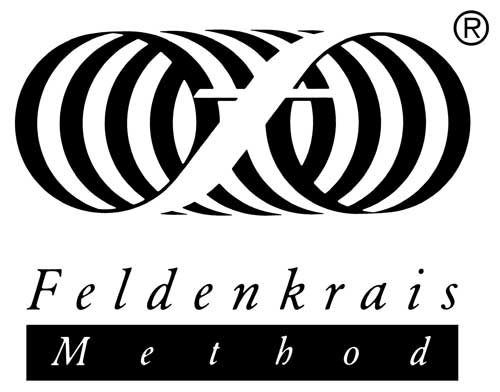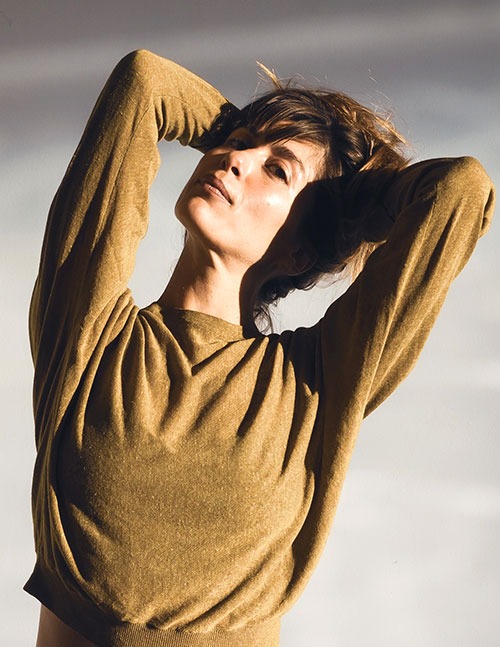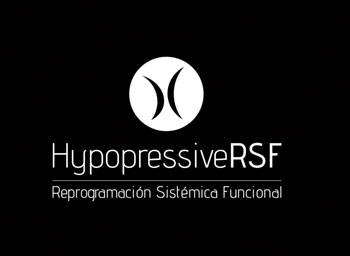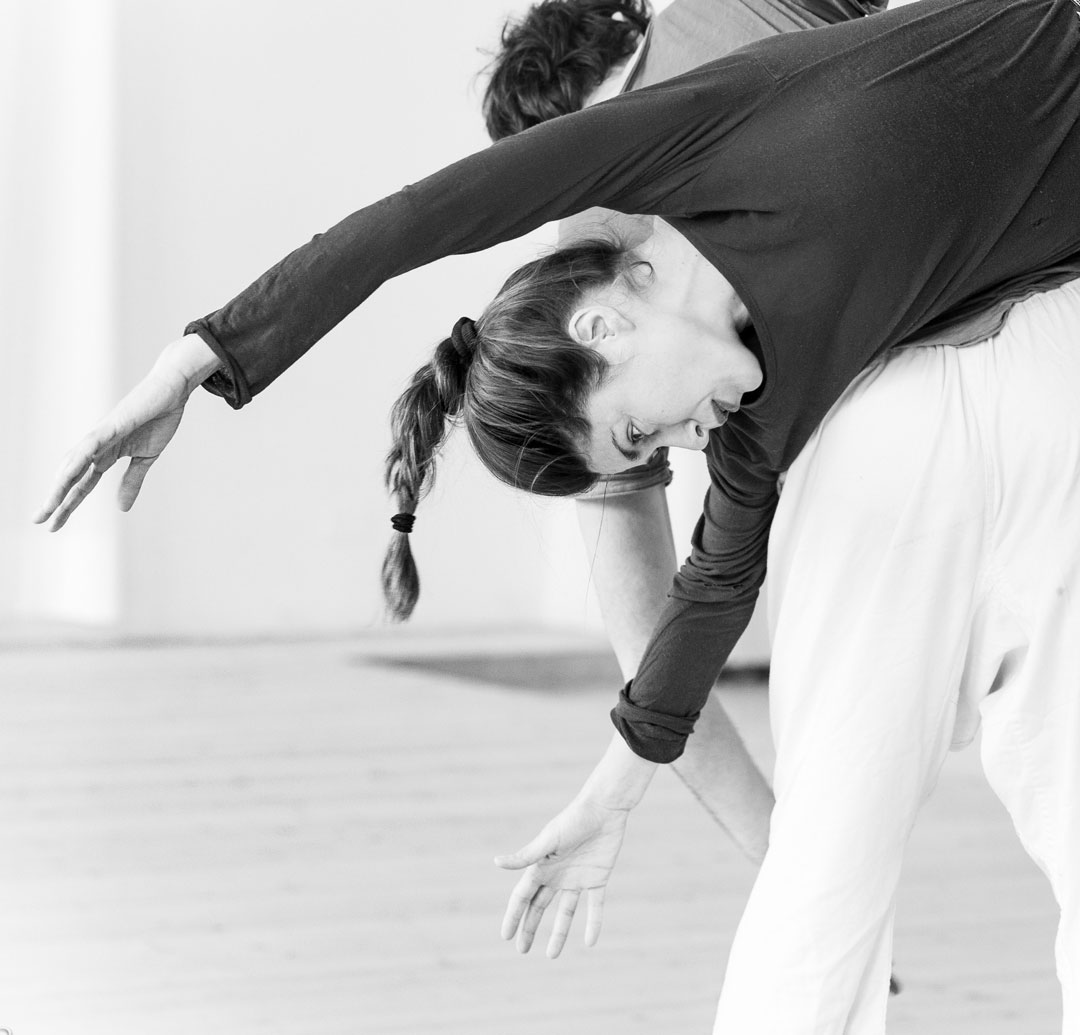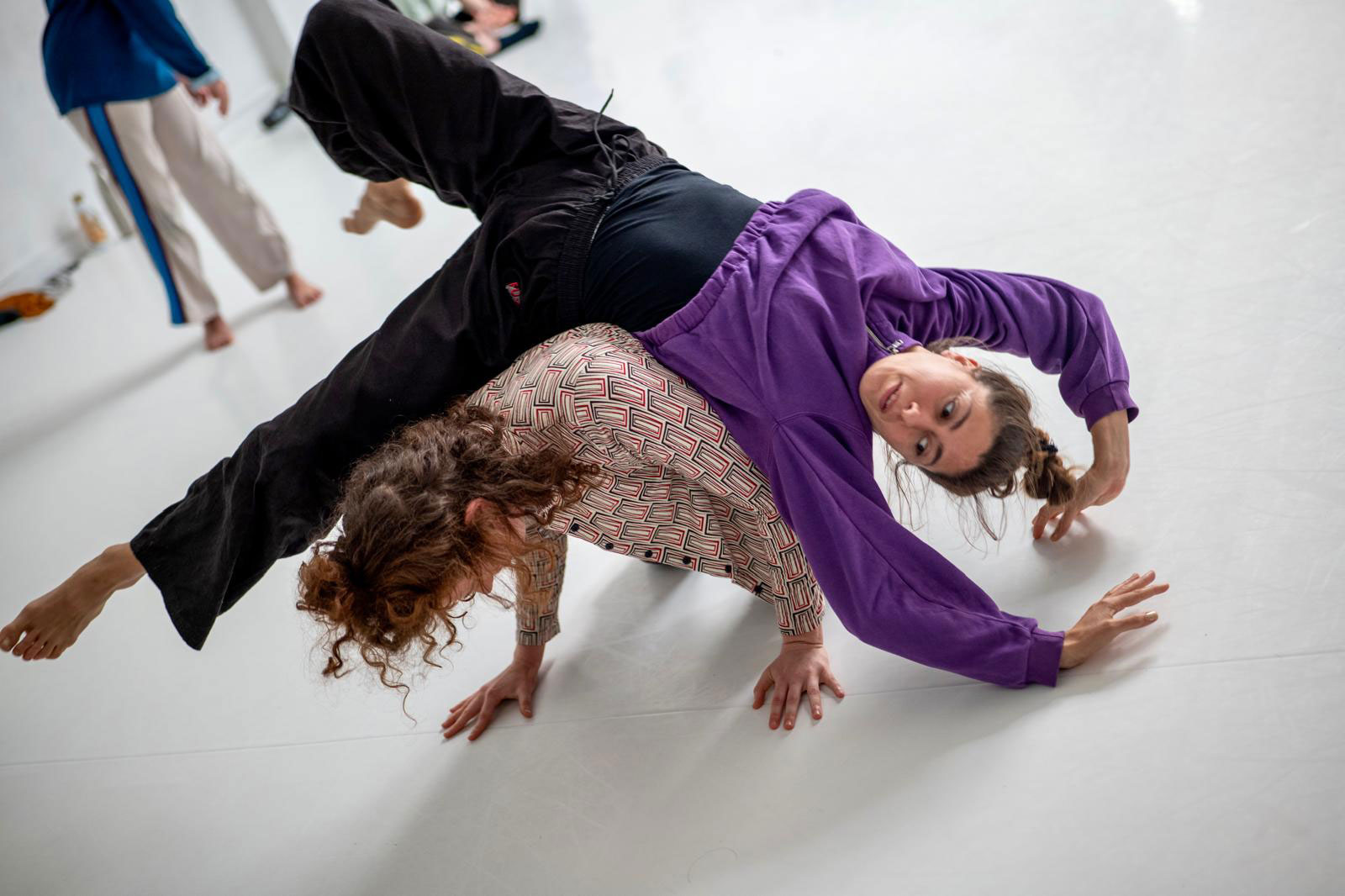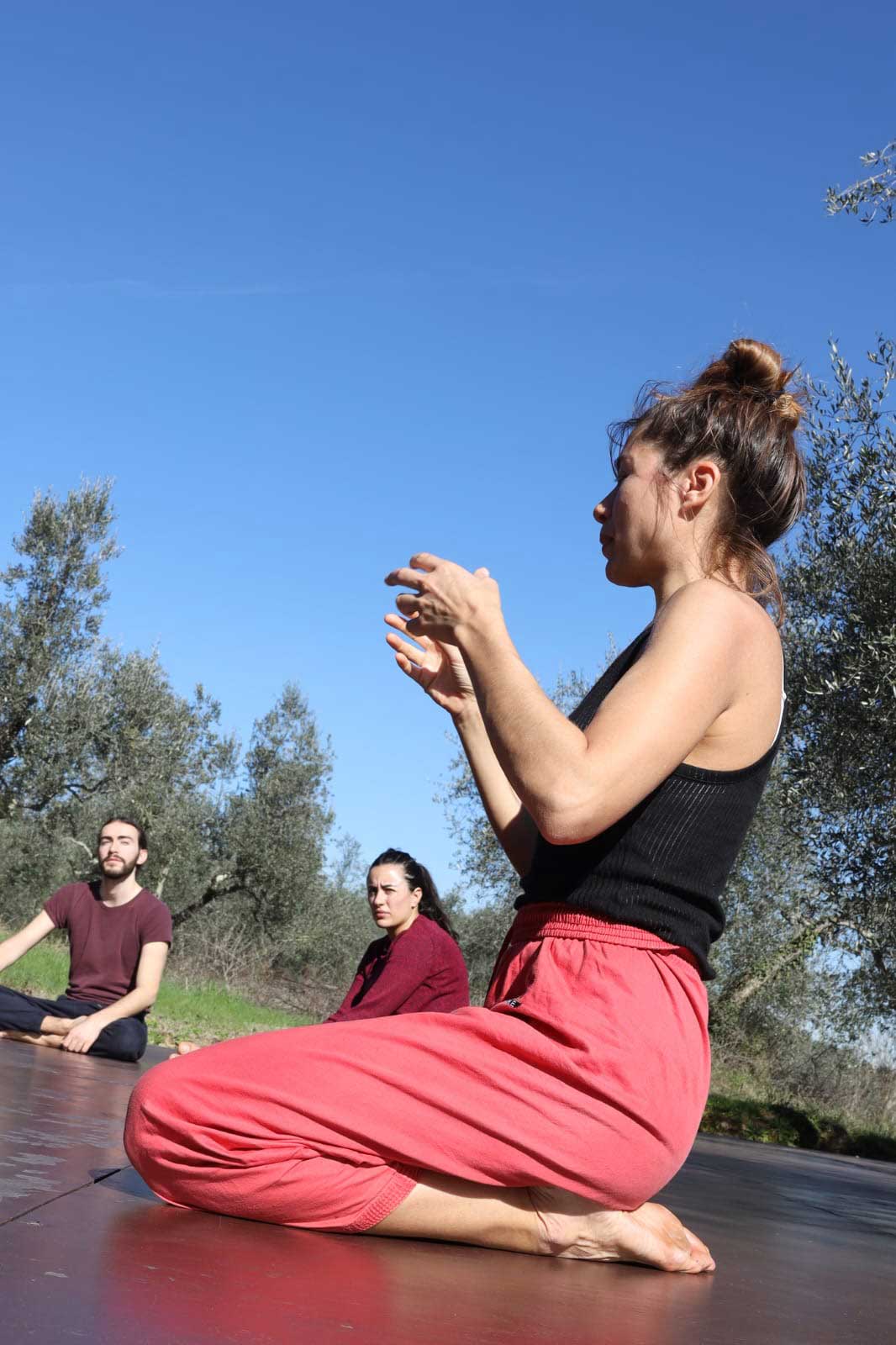HI! I'm Martha.
I consider myself a researcher, pedagogue and somatic movement artist. As a child I played sports at a competitive level, and for many years I continued despite not having a competitive but instinctively exploratory attitude, curious about the relationship between movement, emotions, thoughts and sensations. At seventeen years old I discovered the Feldenkrais Method, and it was the revolution.
What I do?
When I teach I like to create a space of exploration and learning where I invite everyone to let go of judgment and find the pleasure of moving, perhaps recovering hidden or forgotten parts of themselves, and developing that constant dialogue between themselves and the environment, in which the awareness reconnects us to our personal power. I accompany people who are undergoing post-accident or surgery rehabilitation, all those who simply want to feel more comfortable in their body because they have a very sedentary lifestyle, or on the contrary a very demanding one from a physical point of view.
Who do I work with?
I teach all types of people, all ages and genders: anyone who feels they want to expand their curiosity and resources. I have worked with dancers, musicians, actors and singers. I teach regularly at Spazio Nu in Italy, Tuscany (Pontedera) and I offer workshops in Italy and abroad. I work with women on the topic of the pelvic floor and its relationship with the abdominals and breathing (this work is a two-day workshop or a workshop with multiple meetings online and in person). I also offer individual sessions of the Feldenkrais Method and Hypopressive Gymnastics. As a passionate dancer I participate in independent projects and offer Contact Improvisation lessons and workshops.
How and where did I study?
I am a certified teacher of the Feldenkrais® Method, of Caufriez Hypopressive gymnastics and graduated in pedagogy in Rome and Science and Techniques of Sport and Preventive and Adapted Physical Activity in Florence. I dedicated the first 15 years of my life to horse riding and another 15 to dancing. I studied and lived between Rome, Paris and Barcelona. I have been living in Tuscany for ten years. I have studied Contact Improvisation with many teachers in past years, the dance form to which I mainly dedicate myself, taking care of the organisation of workshops and teaching in Italy and abroad.
